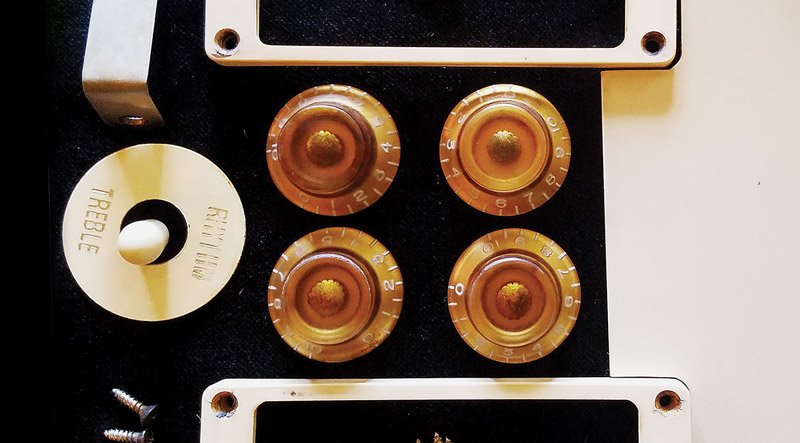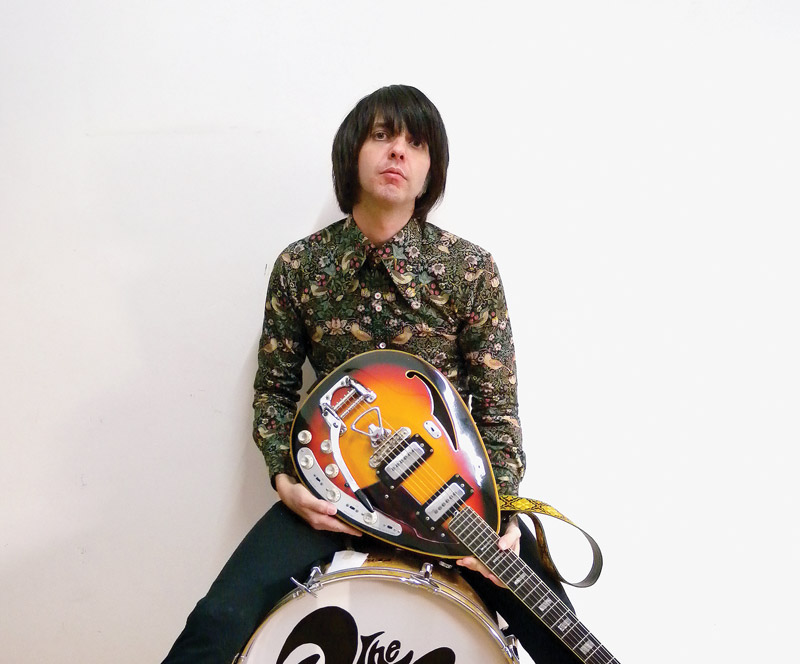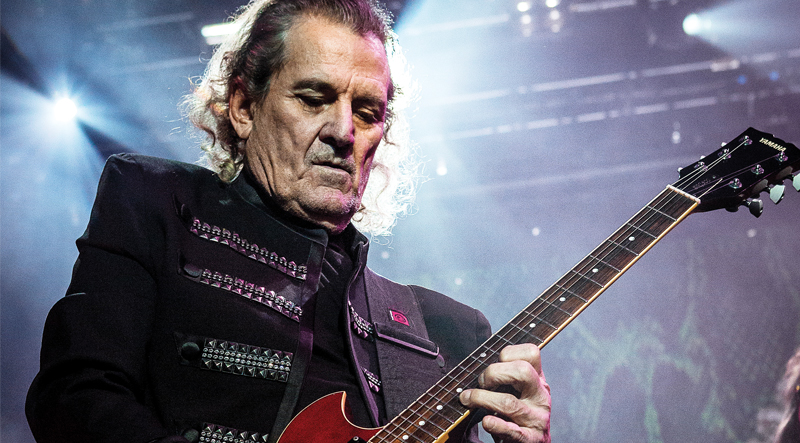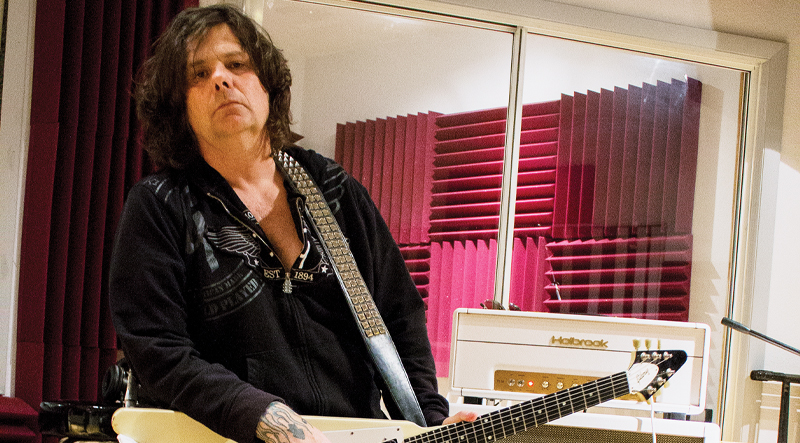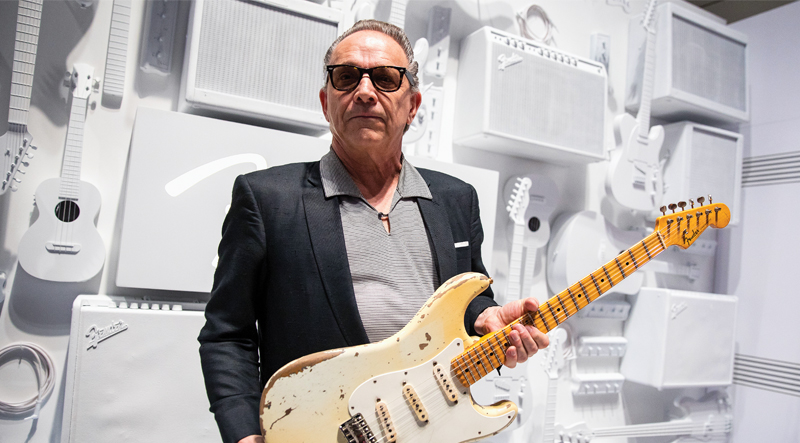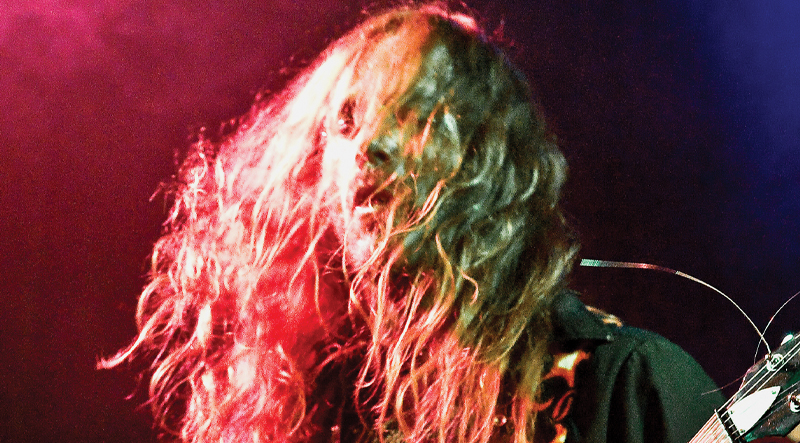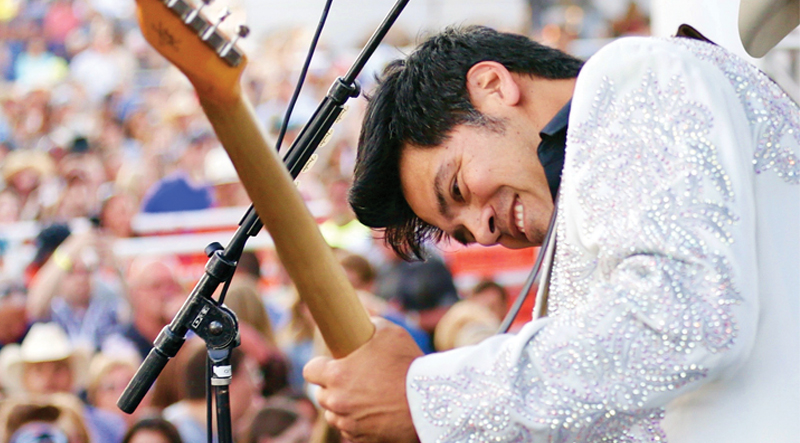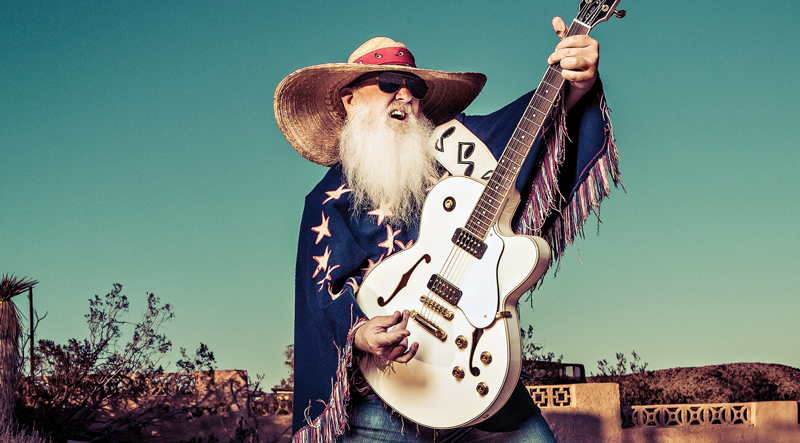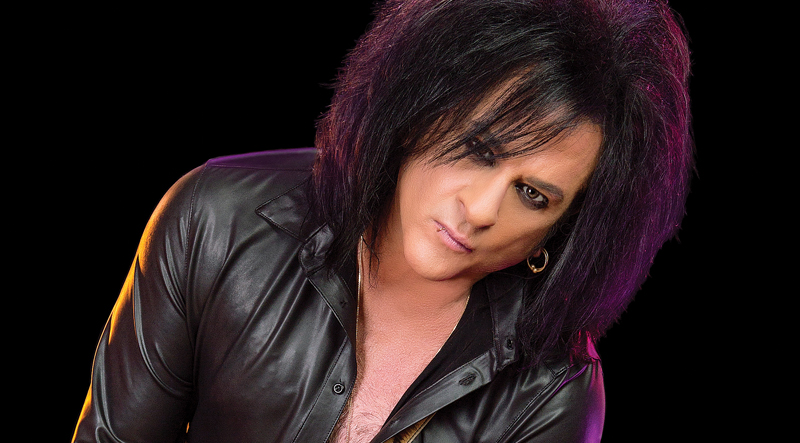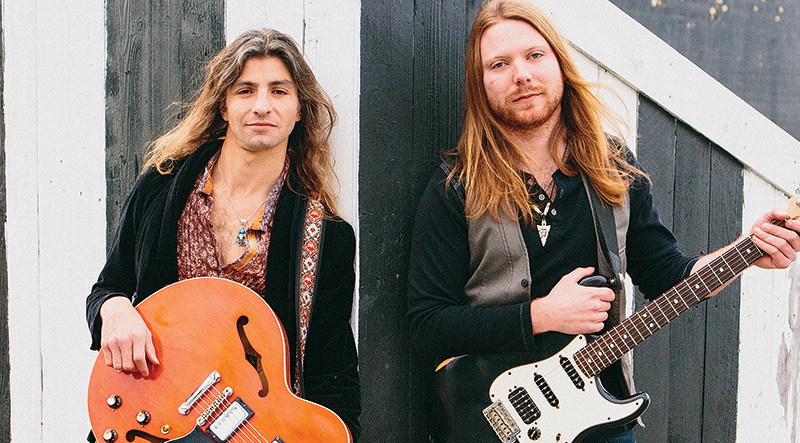-
Johnny Zapp
Bayou Guitarworks Hardware
Players often buy a factory aged guitar and swap the plastics and hardware to more accurately represent the overall aesthetic. Bayou Guitarworks’ custom relic’d hardware fits the bill. Artist Denise Livaudais views photos of your guitar and, using factory parts from Gibson, Fender, etc., applies just the right amount of “voodoo” to match the patina.…
-
Johnny Zapp
Chris Jack
The Routes: Psychedelic Faithful
The Routes embody all the best elements of the ’60s psychedelic-rock scene. Based in Japan and fronted by British-born guitarist and songwriter Chris Jack, the band’s sixth release, Dirty Needles and Pins, has the band staying true to form by relying on period-correct gear. “In England, you rarely see vintage guitars in good condition, not…
-
Johnny Zapp
Michael Bruce
Eighteen Again
Before there was an Alice Cooper, man and solo artist, there was the band called Alice Cooper. From 1969 to ’74, it cranked out seven influential albums with the dual-guitar attack of Michael Bruce and the late Glen Buxton. Bruce contributed many of the band’s anthemic smashes, such as “I’m Eighteen,” “Be My Lover,” and…
-
Johnny Zapp
Tommy Skeoch
Rock and Roll Forever
Tommy Skeoch is revered for delivering guitar tone with equal parts attitude and guttural conviction. Since his departure from Tesla in 2006, he has kept busy teaching and recorded two metal solo albums, 2007’s Freak Bucket, and Brand of Metal, from ’12. He has recently experienced a revitalized energy thanks to the self-titled debut by…
-
Johnny Zapp
Jimmie Vaughan
Full Plate, New Strats
After trading football for guitar at age 13, Jimmie Vaughan forged a remarkable career as a blues-roots guitarist, first with The Fabulous Thunderbirds then with a string of solo records and the occasional collaboration. Today, his plate is full as ever – gigs, new music, and new limited-edition signature guitars from the Fender Custom Shop…
-
Johnny Zapp
Whitey Kirst
Life After Iggy
Whitey Kirst is known for smoldering lead-guitar tone and collaborating with punk-rock pioneer Iggy Pop. After four albums and hundreds of shows, Kirst’s 13-year tenure with Iggy went on hiatus when the legendary frontman reunited The Stooges in 2003 (see the feature with Stooges guitarist James Williamson in this issue). Since then, he’s been fronting…
-
Johnny Zapp
Eugene Edwards
Outlaw Twang, Rockabilly Swagger
Country music icon Dwight Yoakam employs one of the hardest-working bands on the road today. A quintet including Yoakam, they’re keeping alive the outlaw edge of the genre’s past. With a take-no-prisoners approach, axe-man Eugene Edwards delivers a barrage of tasty licks spiced by the occasional Pete Townsend windmill while wearing a smile night after…
-
Johnny Zapp
David Catching
Desert Eagle
Producer and owner of the enigmatic Rancho de la Luna studio in the California desert, guitarist David Catching has been touring with Eagles of Death Metal since 2004. In November of 2015, the band was performing at the Bataclan Theater, in Paris, when three gunmen burst in, killing 90 concert goers and injuring more than…
-
Johnny Zapp
Steve Stevens
Atomic Idol
As Billy Idol’s longtime guitarist and songwriting partner, Steve Stevens’ unique approach – flamenco stylings and the occasional ray gun – have rocked stages worldwide for four decades. Throughout his career, he has also recorded and performed with Michael Jackson, Vince Neil, Robert Palmer, and as a solo artist, having just wrapped a successful European…
-
Johnny Zapp
Alex Haddad and Kyle Lewis
Two Times the Vibes
Nashville’s Them Vibes hearken to the two-guitar teams of yesterday. Established by the songwriting duo of front man Brother Love and guitarist Alex Haddad, the band added second guitarist Kyle Lewis after the release of its debut album, Shine On. With the new Electric Fever, Haddad and Lewis display classic twin-guitar sensibilities. “We have always…

